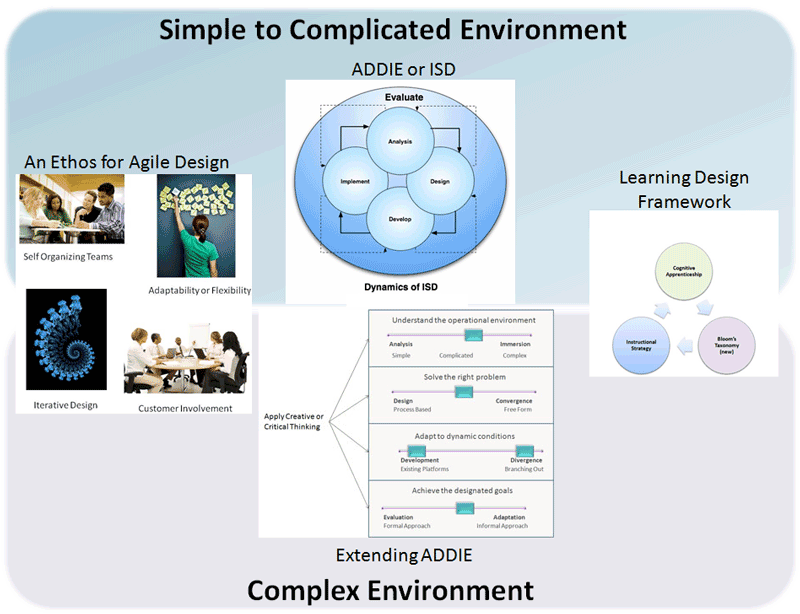Practice
While the need for practice for learning new skills has been known for some time, science begins to drill down to the heart of practice itself.
Edwin R. Guthrie's study (1946) breaks skills into acts. Acts are defined as complicated behavior patterns usually involving some goal accomplishment. Acts are made up of many individual movements. Movements are specific responses to specific stimuli. Acts are composed of muscular contractions that are the response to specific stimulus and are not dependent upon practice. But the learning of an act does depend on practice. Learning an act requires practice so that the proper movement is associated with its own cues. Once acquired, associations are permanent but they may not appear in every performance due to weak associations. These weak associations cannot be retrieved because of strong interference from other associations. Short practice periods develop weak associations which learners are not able to magnify into stronger ones. - Guthrie, E. R. (1952). The Psychology of Learning. New York: Harper & Row.
Common speech defines acts in terms of their results, not in terms of the movements by which those results are accomplished. We eat a dinner, sail a boat, ride a horse, play a selection on the piano. For each of these acts there may be a thousand different patterns of muscular contraction in the details of the achievement, and the act may still be known by the same name. Skillful and awkward performances of the same act may use very different motions. - Edwin R. Guthrie in “Association and the law of effect” - Psychological Review (1940).
Hull discovered that when practice periods are spaced apart (distributed practice), performance is superior to what it is when practice periods are close together (massed practice). Also, during practice periods, the learners' performance will gradually improve until some asymptotic (maximal) level is reached. If the learners are allowed to rest, and then resume practice, their performance will tend to exceed their previous asymptotic level (reminiscence effect). Learners that are provided rest or some other form of diversion between practice periods will reach higher levels of performance than learners who practice straight through without rest or diversion. - Hull, C. L. (1943). Principles of Behavior. Englewood Cliffs, N. J.: Prentice-Hall.
Adams theorized that if we practice long enough we develop a mental image. For example, professional players are often known to utter sounds of satisfaction or expletives as soon as they hit a tennis ball or throw a football, because they can instantaneously tell by the feel of the act what the result will produce. Not having balanced practice periods prevents learners from becoming fully comfortable with the feel and use of the skill they are attempting to acquire. Learners must have enough time to develop a complete mental image of the sequence of correct responses. Often we see learners who could perform in the classroom and then not be able to perform when they return to work. - Adams, J. (1977). “Motor Learning and Retention.” In Marx, M. & Bunch, M. (Eds.), Fundamentals and Applications of Learning. New York: Macmillan.



